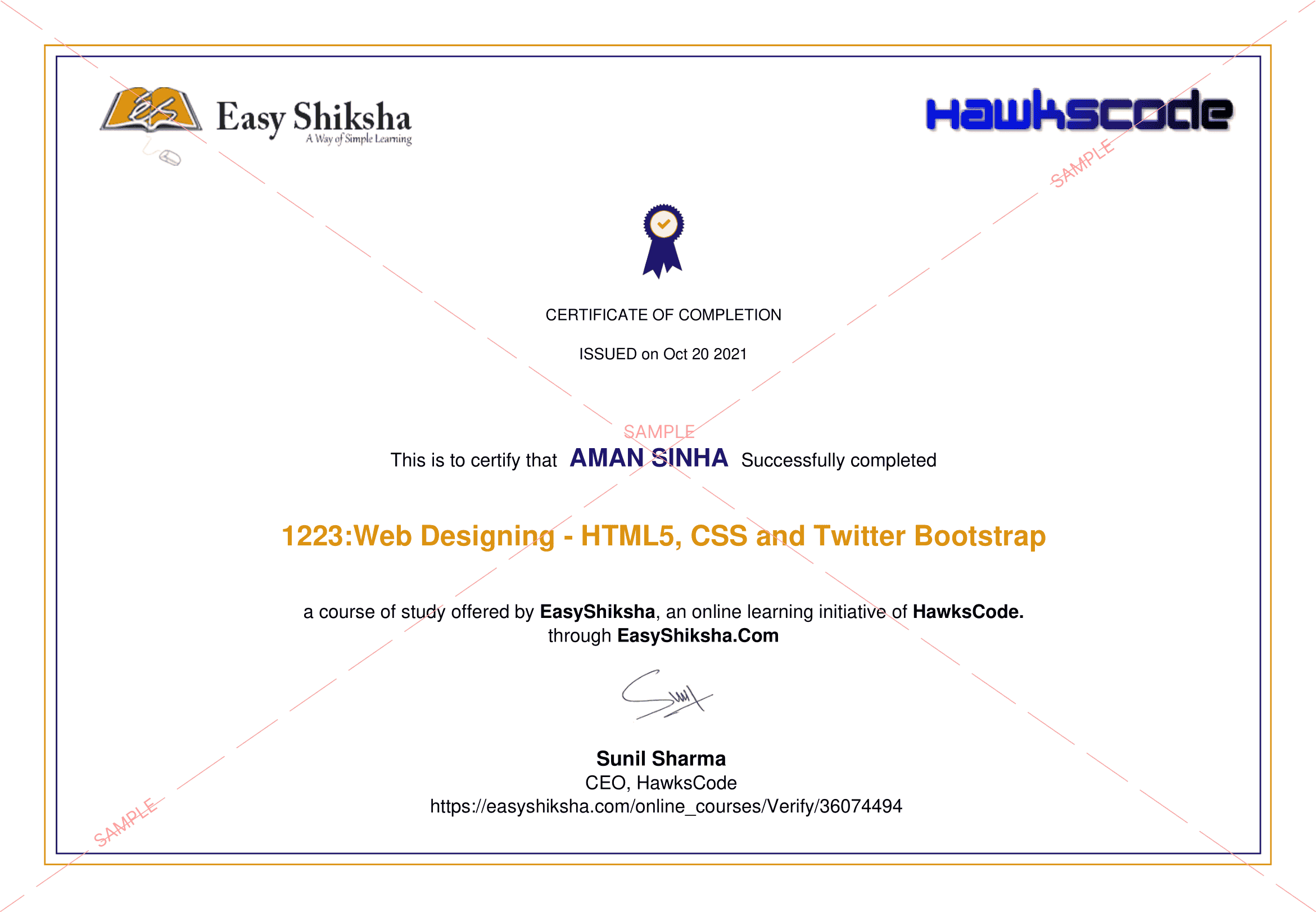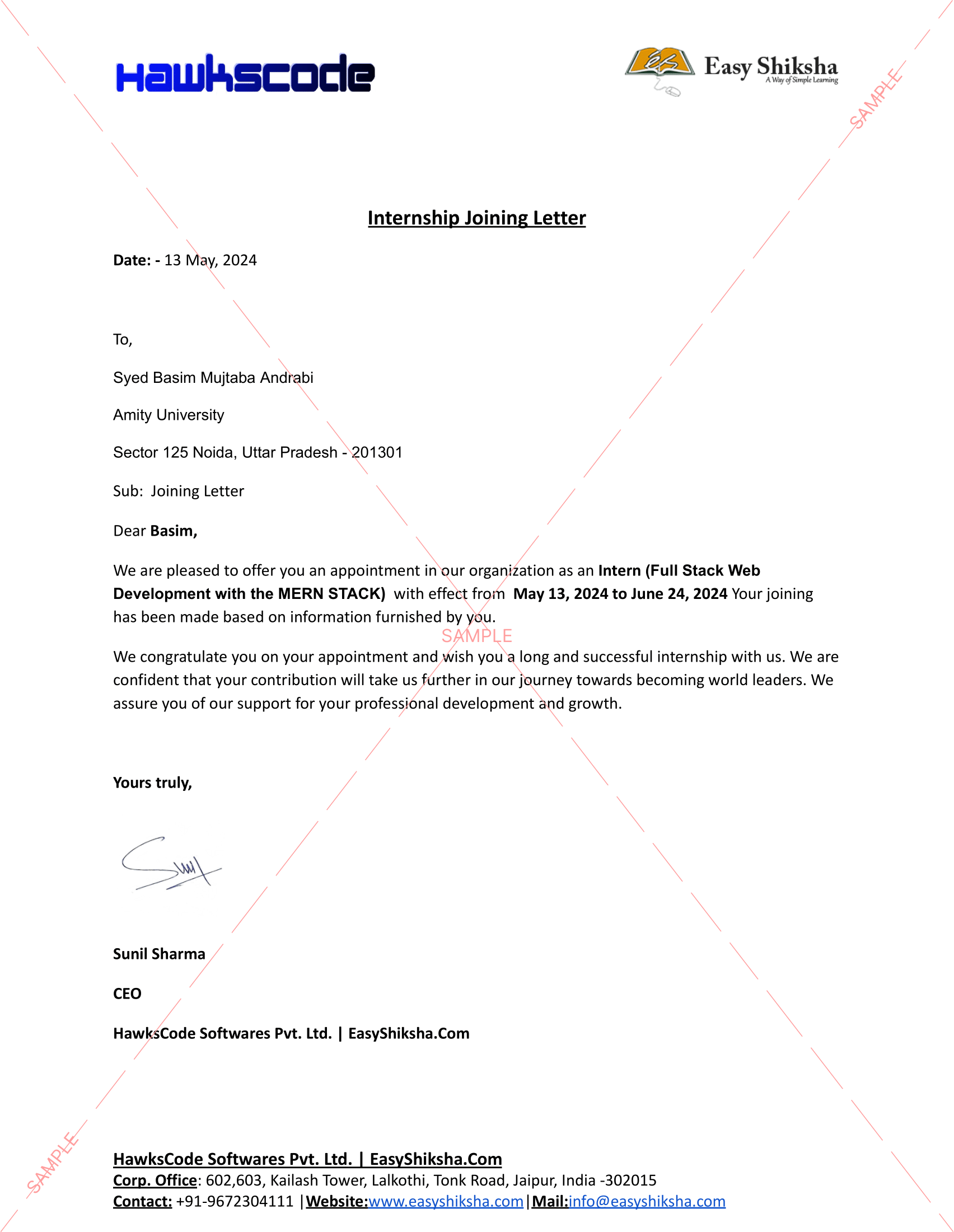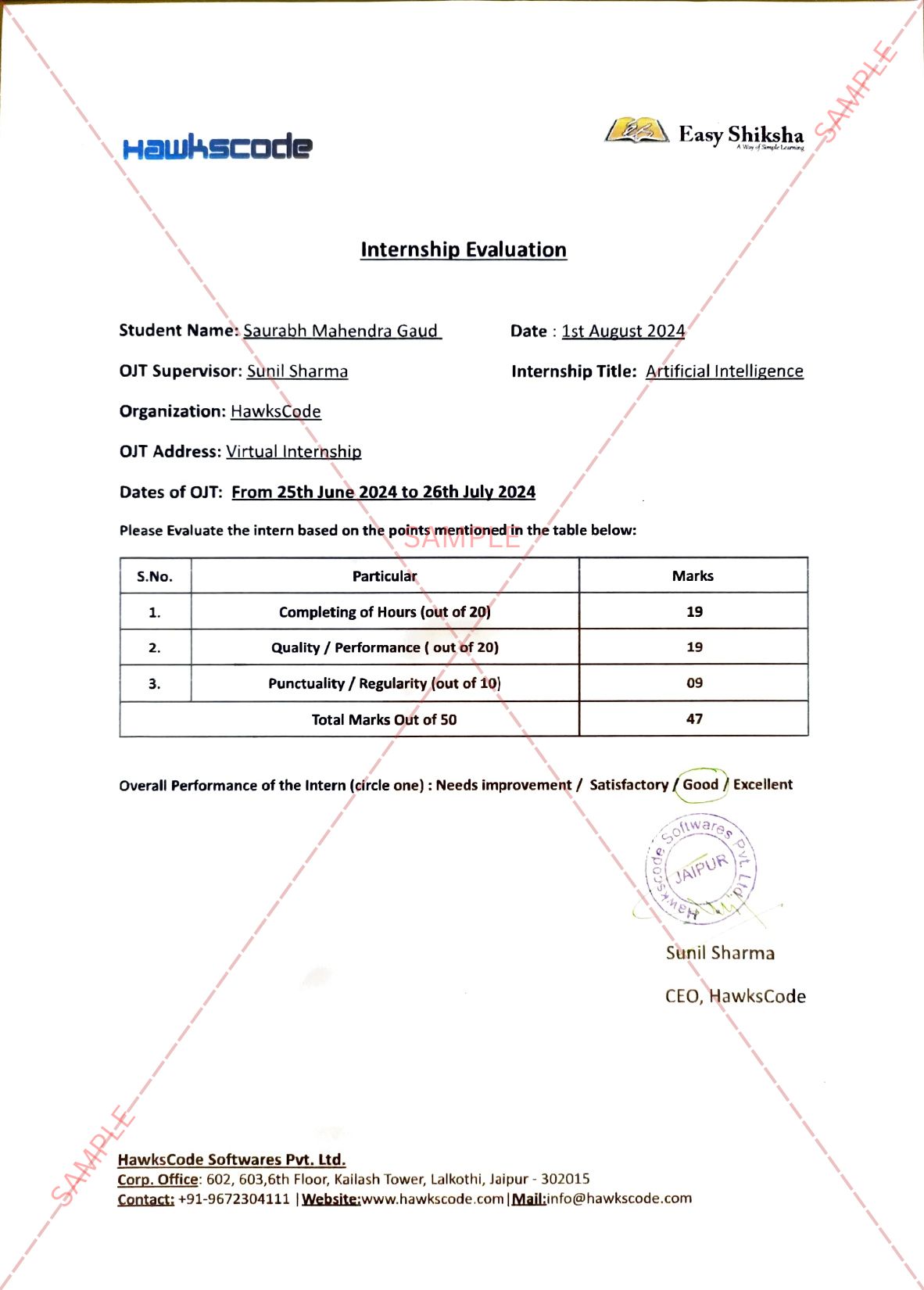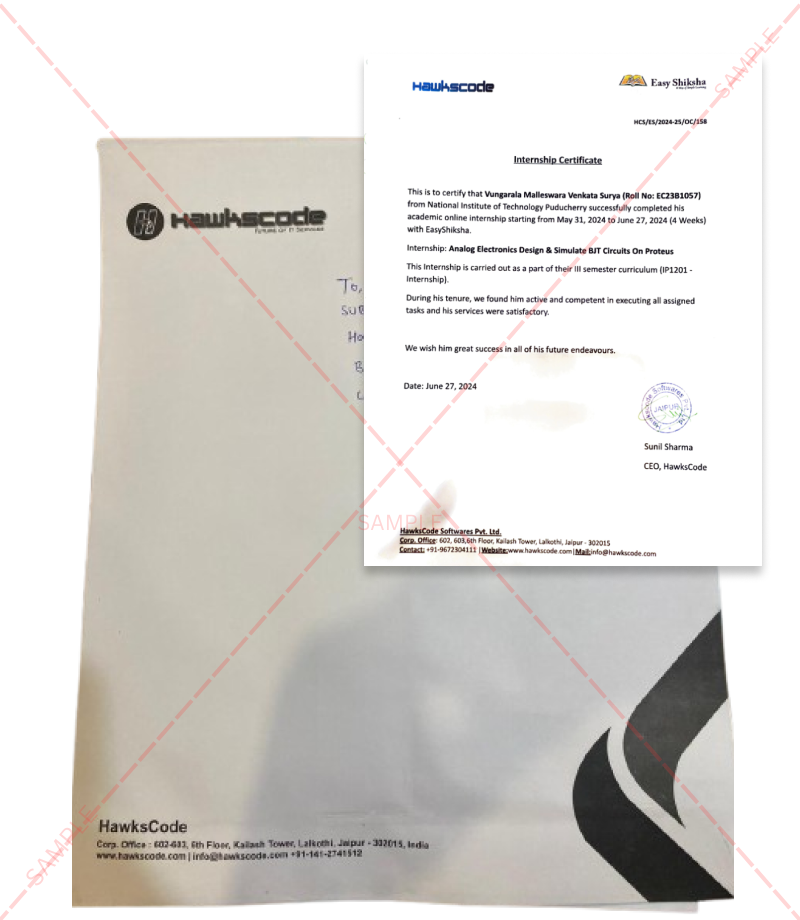Dr. Anoop P, Sr. Consultant – Haematology, Haemato-Oncology, Paediatric Haemato-Oncology & Bone Marrow Transplant, Aster Whitefield Hospital, Bengaluru Learning that you or your partner carries the thalassaemia trait can be surprising—especially if you’re in good health. Being a carrier (also known as having thalassaemia minor) doesn’t mean you have the disease. It simply means you possess a genetic mutation that could be passed on to your children.
The concern arises when both partners are carriers. This significantly increases the risk of having a child with thalassaemia major—a severe condition that requires lifelong medical support. Fortunately, timely knowledge, informed choices, and proper guidance can help individuals manage or even avoid this risk.
ALSO READ: The Distinguished Gentleman’s Ride Unites at CP 67 Mall to Support Men’s Mental Health
Here are six practical steps to take if you or your partner is identified as a carrier:
1. Stay Calm—Being a Carrier Isn’t the Same as Being Sick
Carriers of thalassaemia generally don’t experience symptoms, or may have only mild anemia. Treatment is usually unnecessary. In fact, many people live their entire lives unaware of their carrier status. However, knowing this early can make a significant difference when it comes to planning your family.
2. Get Tested—Both Partners Need Screening
If only one partner is a carrier, the child may inherit the trait but is unlikely to develop thalassaemia major. However, if both partners carry the same variant (commonly beta thalassaemia), the likelihood of having an affected child increases. Tests like haemoglobin electrophoresis or HPLC are crucial—especially before starting a family.
3. Seek Genetic Counselling
If both partners carry the trait, doctors recommend consulting a genetic counsellor or haematologist. These professionals can provide insights into your reproductive options, the associated risks, and the best course of action moving forward—all while offering compassionate guidance.
4. Explore Prenatal Testing
If you’re already pregnant, prenatal diagnostics such as chorionic villus sampling (CVS) or amniocentesis can help determine if the foetus has inherited the condition. Doctors typically conduct these tests between the 10th and 16th week of pregnancy and can provide crucial early information.
5. Consider Alternative Family Planning Options
If you both carry the gene and want to reduce the risk of thalassaemia major, consider options like:
●IVF with preimplantation genetic diagnosis (PGD)
●Use of donor sperm or eggs
●Adoption
While these choices may feel overwhelming, they can provide peace of mind and protect future generations from a serious health condition.
6. Promote Awareness in Your Community
Since carrier screening isn’t part of standard health check-ups, many people remain unaware of their status until it’s too late. By encouraging screening—especially for couples considering marriage or starting a family—you can help prevent unnecessary suffering. A simple test can make a lifelong difference.
Being a carrier of thalassaemia isn’t something to fear. Thanks to medical advancements and greater access to screening, it’s possible to prevent thalassaemia major. Awareness, education, and proactive planning are key. By taking the right steps, you can safeguard your family’s health and support others in making informed choices too.
Platforms like EasyShiksha.com leverage retargeting to re-engage learners, making it an essential strategy for online education and beyond. Implement these best practices to refine your retargeting approach and achieve long-term success




































































